What muscles are causing the body to move during a squat?
When considering whole-body functional movements, it is not sufficient to test single or multiple joint muscles in isolation, nor is it correct to assume they act on joints according to the classic anatomy texts. The whole body needs to be taken into consideration.
It gives us great pleasure to see studies like this by Goodman et al, presented in 2023. It shows quite clearly that muscles work in systems, with different proportions of contribution depending on the task and the environment.
‘‘The barbell squat is used to enhance athletic performance and rehabilitate the lower body. Several studies describe muscle function during the squat, but in general most investigations to date ignore the ability of muscle forces to accelerate all joints, limb segments and the whole-body centre of mass (CoM) simultaneously.’’
PURPOSE
To determine how lower extremity muscles contribute to the vertical acceleration of the centre of mass (CoM) and to the flexion and extension accelerations of the ankle, knee and hip when squatting.
METHODS
Thirteen female participants with 6.00 ± 3.65 years of squatting experience performed barbell squats at 85% of 1RM to a depth where the thighs were parallel to the ground. Motion capture was used to measure the movement.
RESULTS AND DISCUSSION
Muscles producing the largest upward accelerations of the CoM;
soleus
vasti (i.e. quads)
gastrocnemius
gluteus maximus
Muscles producing the largest downward acceleration about the CoM;
hamstrings
tibialis anterior
adductors
iliopsoas
Muscles responsible for knee and hip extension acceleration;
vasti
adductors
hamstrings
gluteus maximus
Muscle primarily responsible for knee and hip flexion acceleration;
Soleus
=> often overlooked due to the anatomy textbook definition as an ankle plantar flexor. This may be true in open kinetic chain, but not necessarily in closed kinetic chain i.e. squat.
Muscles responsible for ankle dorsiflexion acceleration
=> This one will get you thinking. Hint: moving the centre of mass in front of the ankle will cause ankle dorsiflexion acceleration
vasti
adductors
hamstrings
gluteus maximus
Muscle primarily responsible for plantar flexion acceleration
soleus
=> Many still suggest gastroc does the heavy lifting, probably because it is more superficial
=> In fact, the soleus is also a knee extensor in closed kinetic chain.
CONCLUSIONS
During the squat exercise, the muscles of the lower limb perform multiple roles
to accelerate the joints they span,
to accelerate the joints they do not span, and
to accelerate the CoM simultaneously.
Multi-joint muscles can accelerate a joint opposite to its moment production.
e.g. the hamstrings can accelerate the knee into extension.
A muscle’s function is task-specific depending on
joint position
how an individual interacts with the environment

